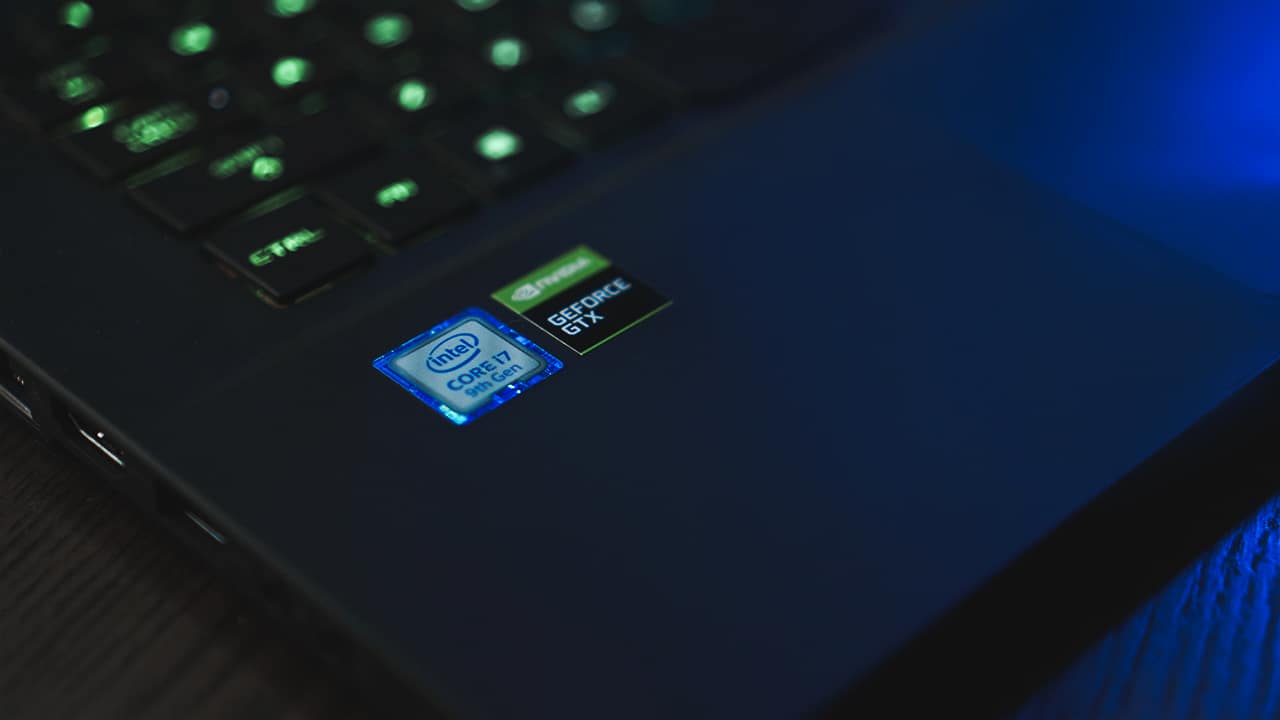

- #ASUS BATTERY HEALTH CHARGING ZEOHYRUS M GU502 UPGRADE#
- #ASUS BATTERY HEALTH CHARGING ZEOHYRUS M GU502 FULL#
- #ASUS BATTERY HEALTH CHARGING ZEOHYRUS M GU502 WINDOWS 10#
You WILL get better results if you play around with the fan settings and make it runs faster at lower thresholds, or if it just full blasts all the time. Key thing to note is that this is based on stock FAN settings. My idle temps are between 36-41 degC, both CPU and GPU depending on ambient. One day (after warranty expires) after a repaste I’ll hopefully remember to recheck this. I’m not sure how the cores are laid out on the chip, but it looks like a pattern eg of lower temps at left and higher temps at right (my guess) side of the chip – consistently a 9-10 degrees differential. The temps I'm getting from HwInfo are from the CPU temp sensor, which happens to also correlate to the core with the highest temp and not just the average, so I’m not too worried since that means that during stress testing, CPU temps stabilise at mid-70s, which means the hottest 3 cores re mid-70s, while the coolest 3 cores are mid-60s. Cores 0, 2, 4 have temps that are consistently 10 degrees more than cores 1, 3, 5. For my CPU chip specifically, I think there’s probably an imbalance, either in the pasting job or in the chip itself. Keep in mind that even with ROG Gaming Centre set to Overboost for fans, the ramp up is still pretty slow, so you can get some high temps initially in the first 10-20 seconds before it settles down quite drastically once fans are full blast. I took the route of not risking warranty to repaste as I don't see better results online. I think if your observations of temps for your Zephyrus M lappy are similar to the above, then your factory pasting job is probably fine. CPU intensive tasks (eg stress tests) tend to cause temps to raise steadily with less fluctuations. Also, during gaming CPU temps fluctuate drastically as the load on them is constantly fluctuating. My conclusion is that the shared heat pipe probably contributes a little to heat transfer from CPU to GPU, but not that much since the fans at low levels seem good enough to dissipate the incoming heat. GPU temps will also rise slightly due to the shared heat pipe, and the fans not boosting up due to GPU temps not going past some threshold. However, running CPU only loads will shoot up CPU temps mostly, and temp difference between CPU and GPU can be quite huge. Running a GPU load (eg stress testing) seems to always uses a little CPU, between 5-15% no matter what, and even this low utilisation CPU temps will rise as well, and since the auto fan responds mainly from temp thresholds, CPU and GPU temps will almost equalise after a 5 mins or so. The shared heat pipe does a great job of almost equalising the temps between them. Observations on Temps: if long term gaming, don’t bother looking at CPU and GPU temps separately. Update: after long term observation gaming, game-streaming, etc, CPU and GPU temps don't go beyond 75 C, ambient 26-28 C, with the UVs and OCs applied. In gaming, surprisingly, CPU temps are about 1-2 degrees higher than GPU temps.

At 22 degrees C ambient, temps stabilise at 66-68 degrees, while at 26 degrees C ambient temps are 69-70 degrees. Not sure if gaming in higher ambient like 30+ degrees C, and I mostly prefer to be in a pool at those temps.įinal temps: After CPU undervolt and GPU undervolt + OC, temps are at least 10 degrees C less, at mid to high 60s.

My guess is 1-2 degrees is caused by the ambient diff.

Ambient at 22 to 26 degC – not much difference surprisingly to stabilised gaming temps. Initial Temps: CPU and GPU in the mid 70s to low 80s after temps have stabilised with fan going full blast.
#ASUS BATTERY HEALTH CHARGING ZEOHYRUS M GU502 WINDOWS 10#
Temperature results here are based on playing games for hours, with ROG Gaming Center set to overboost, GPU in discrete mode (ie G-SYNC = ON), everything else default (including Windows 10 power profile set at High Performance, which seems to be the default this laptop boots into) This thread will be mainly a CPU undervolt, and GPU undervolt + OC, but I’ll also consolidate some of my other key observations such as maximising battery life and lifespan, and the nuances of undervolting and OC’ing with this laptop, as this hasn’t really been talked about online at all. lowest quality just to get by at 15 FPS I’ve benefitted from these forums so much that I’ve decided to hopefully contribute something. I just got tired of playing games at 1024x….
#ASUS BATTERY HEALTH CHARGING ZEOHYRUS M GU502 UPGRADE#
All else the same.īig intro here… skip to next posts for CPU / GPU undervolting and OC’ing.Īs my tag implies, I joined when I bought the Asus G73jh and nothing else since then… and after all this time decided an upgrade might be in order. Seems to be an Au spec, comes with 512GB SSD, 1TB SSHD. My variant: Zephyrus M GM501GS EI002T, i7-8750H, GTX1070-8GB (Full), 16GB RAM single channel.


 0 kommentar(er)
0 kommentar(er)
